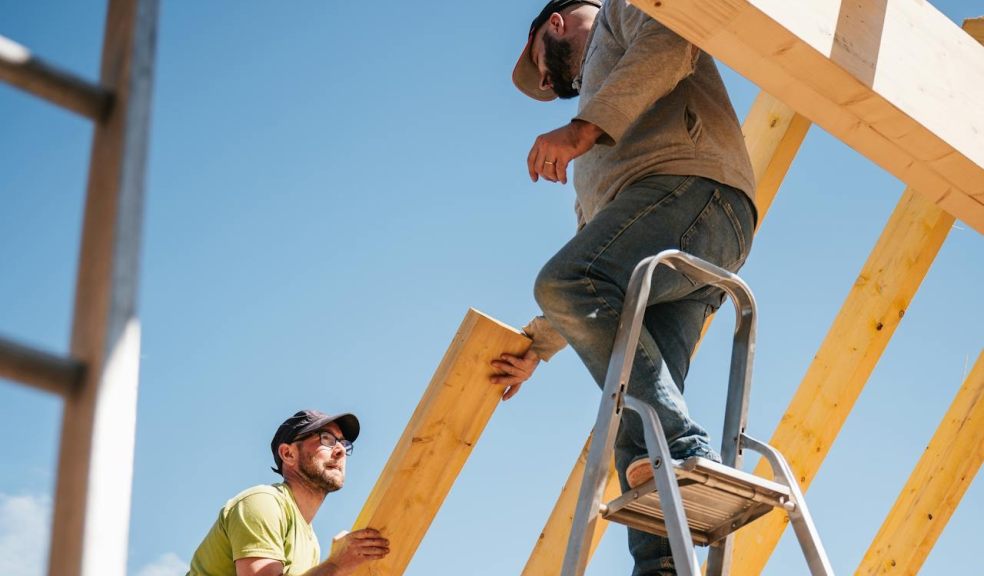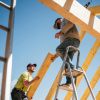
Accidents in Construction Heights: Understanding Your Rights After a Workplace Injury
The construction industry is one with many inherent risks and hazards. One of the most notable causes of many accidents each year is working at height. Working at height can be dangerous, and if you have a fall or accident while working at height that was not your fault, then you could be entitled to compensation. This post will explore your rights and legal options following a fall or accident working at height.
Overview of Workplace Accidents at Height in the Construction Industry
There are a number of common types of accidents that occur at heights on construction sites, many of which can result in serious and sometimes life-changing injuries. These include falling from a height, accidents involving scaffolding, and being struck by objects falling from height. These accidents can result in head injuries, spinal injuries, and broken bones. They often occur due to a lack of safety training, poorly maintained equipment, and rushed project timelines.
Your Legal Rights as a Worker After a Fall
If you are injured at work after a fall, then you may be eligible for compensation according to UK law. The Health & Safety Executive (HSE) enforces workplace safety laws, and if safety standards are not adhered to, then action can be taken. It is important that you report the account to your employer as soon as possible after the accident so that a report can be made and action can be taken to prevent it from happening again.
The Role of Employer Liability in Construction Accidents
Every employer has a legal duty to provide a safe work environment for their employees. This can be challenging in the construction industry, but it is even more important as a hazardous industry. If your employer fails to adhere to safety regulations and neglects their duty of care, they could be liable.
How to Prove Negligence & Build a Case for Compensation
The key to success is proving negligence with workplace injury claims. This means that you need to collect evidence at the time, including photos/videos of the scene, CCTV footage if available, witness statements, and accident reports. Expert testimony can also be useful for showing how safety regulations were not adhered to, and the accident could have been avoided with greater care by the employer.
The Claims Process: From Reporting the Accident to Receiving Compensation
To start the claims process, you first need to find a reputable personal injury solicitor specializing in these types of claims. They will guide you through the process, which will involve collecting evidence, submitting a claim, negotiating, and representing you in court if it goes this far. Compensation can cover the costs incurred now and in the future and factor in pain and suffering.
Falls from height are a significant hazard in the construction industry. The information in this post are the key steps to take if you ever find yourself in this situation so that you can seek compensation.














